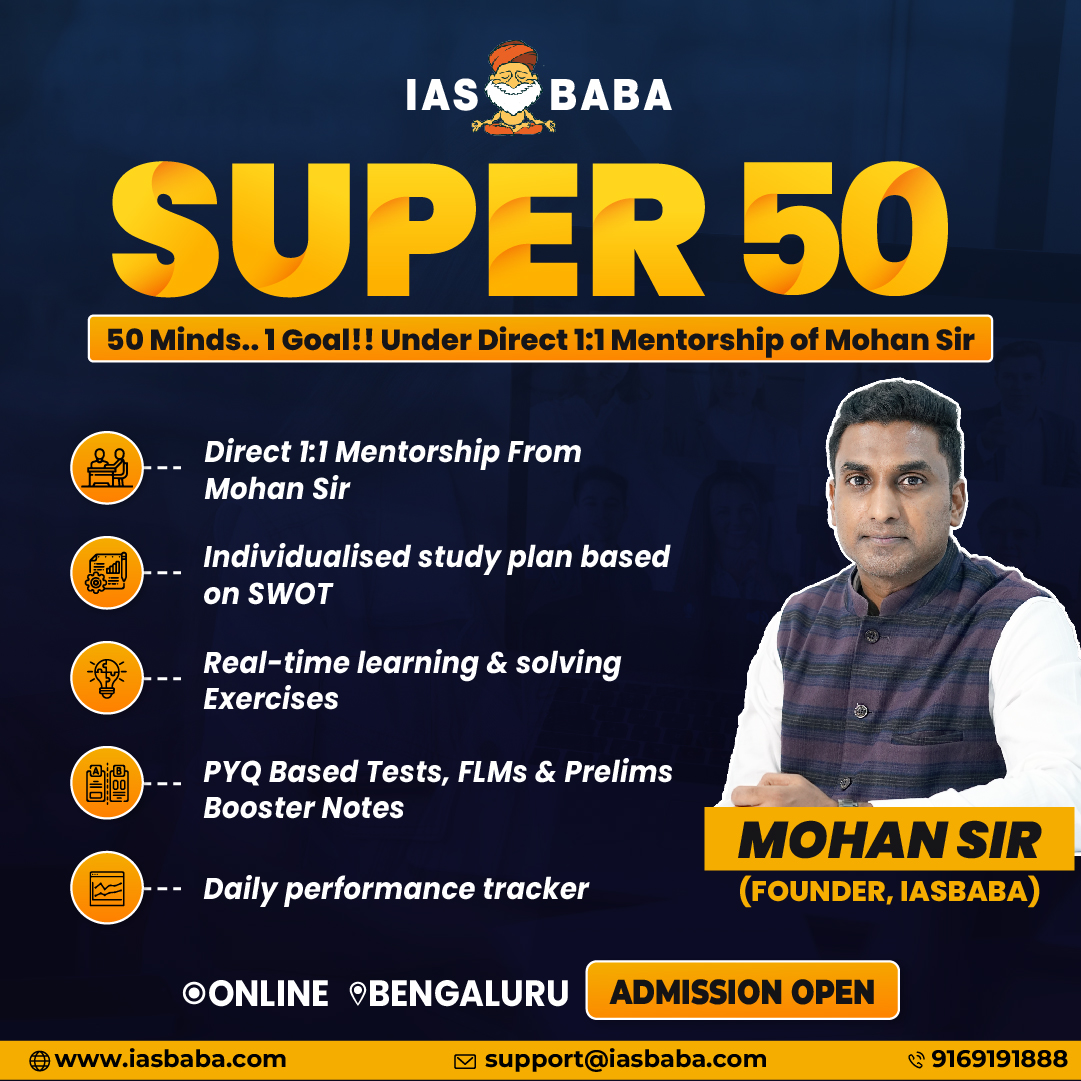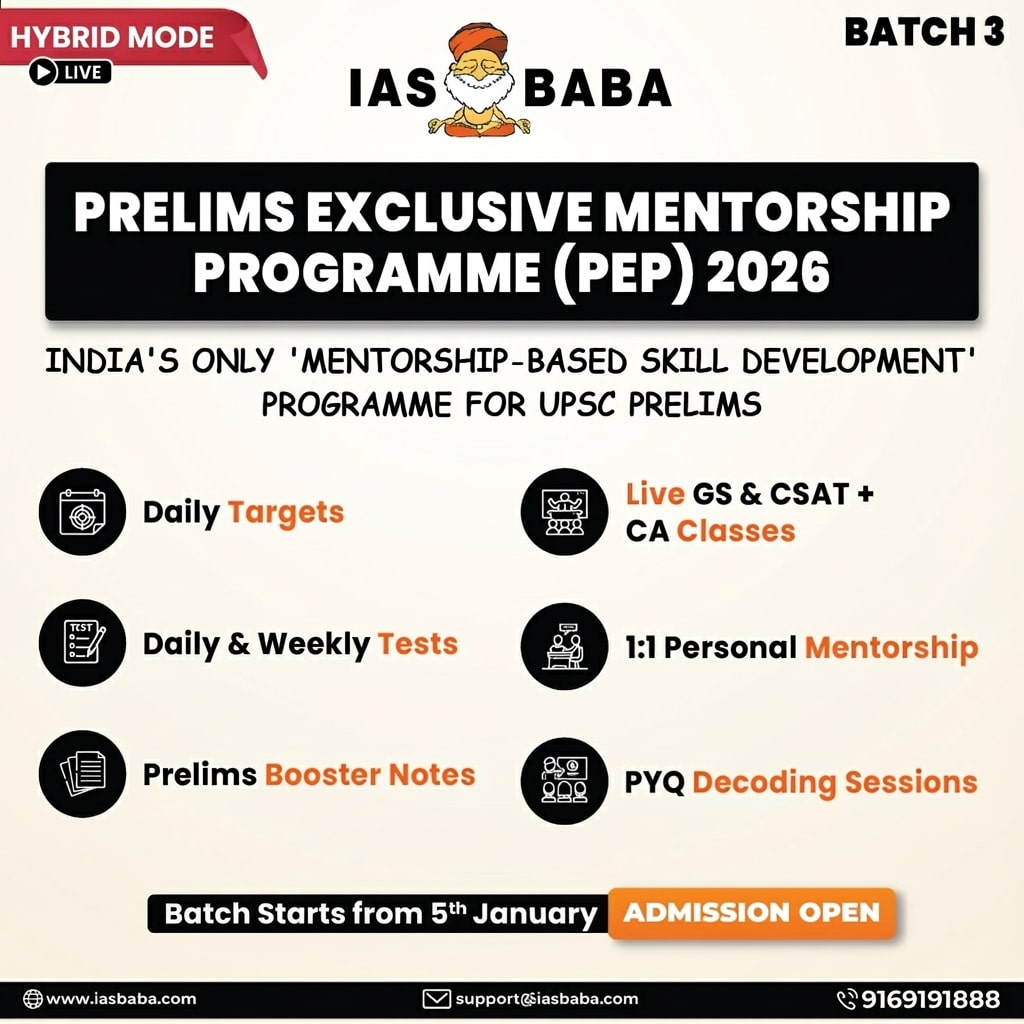Indian History & Post-Independence, TLP-UPSC Mains Answer Writing
Q.1. “The early phase of the national movement laid the foundation of Indian nationalism, but failed to mobilise the masses.” Discuss. (150 words, 10Marks)
Introduction
Despite ideological friction with the Congress, Subhas Chandra Bose significantly broadened the contours of India’s freedom struggle through militant nationalism and global alliances. As Leonard Gordon notes, “Bose wanted to seize freedom, not wait for it.”
Body
Points of Difference with Congress Leadership
- Disagreement over methods: Bose opposed Gandhian non-violence, favouring armed resistance. Example: Advocated direct action against the British, unlike Congress’s negotiation-based approach.
- Conflict during presidential tenure: His assertive leadership clashed with Congress conservatives. Example: Resigned as INC President in 1939 after opposition from Gandhi’s camp.
- Formation of Forward Bloc: He created a new party after Congress sidelined him. Example: Forward Bloc aimed to consolidate all leftist and anti-imperialist forces.
- Authoritarian and socialist inclinations: Bose admired and sought support from totalitarian regimes. Example: Sought alliance with Nazi Germany and Imperial Japan to accelerate India’s liberation.
Independent Contributions to the Freedom Struggle
- Leadership of INA: Bose led the INA in armed resistance against British forces. Example: INA’s campaigns in Northeast India marked a direct military challenge to colonial rule.
- Azad Hind Government: He set up a symbolic independent government. Example: Recognised by 11 countries, issued its own currency, stamps, and judiciary.
- Diaspora mobilisation: Bose united overseas Indians to support India’s cause. Example: Tokyo and Singapore speeches built morale and secured support.
- Use of slogans and propaganda: He used strong messages to inspire nationalism. Example: “Jai Hind” and “Give me blood, I will give you freedom” became enduring national slogans.
- INA Trials and unrest: The trials provoked massive nationalist sentiment and protests. Example: Sparked 1946 Naval Mutiny and protests in Bombay, Madras, and Calcutta.
Limitations
- Reliance on Axis powers: Bose’s alliance with fascist regimes raised moral and strategic concerns. Example: Ties with Nazi Germany and Imperial Japan drew criticism for undermining democratic values.
- Limited mass base within India: INA lacked large-scale support from Indians on home soil. Example: Despite symbolic value, INA’s military campaigns failed to ignite coordinated internal uprising.
Conclusion
Though Bose diverged from the Congress’s moderate line, his parallel efforts created a nationalist surge that shook colonial foundations. As historian Sugata Bose writes, “His legacy lies in daring to dream of a free India beyond compromise.”














